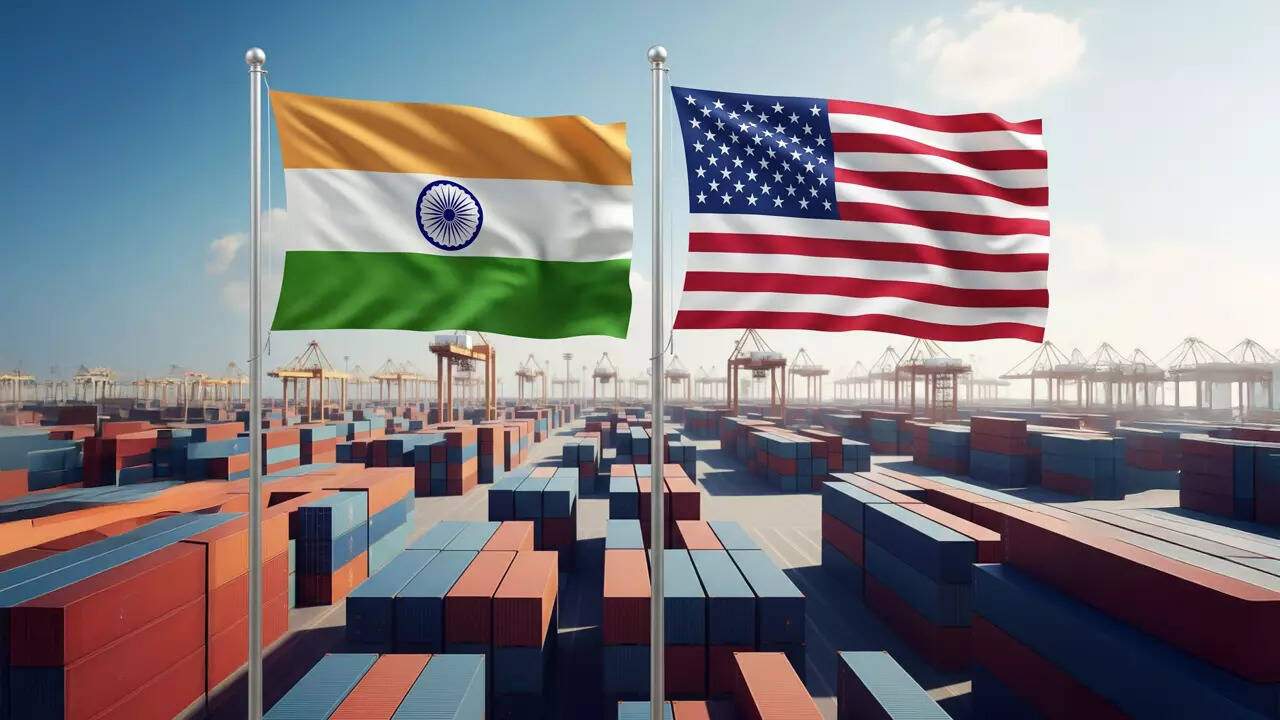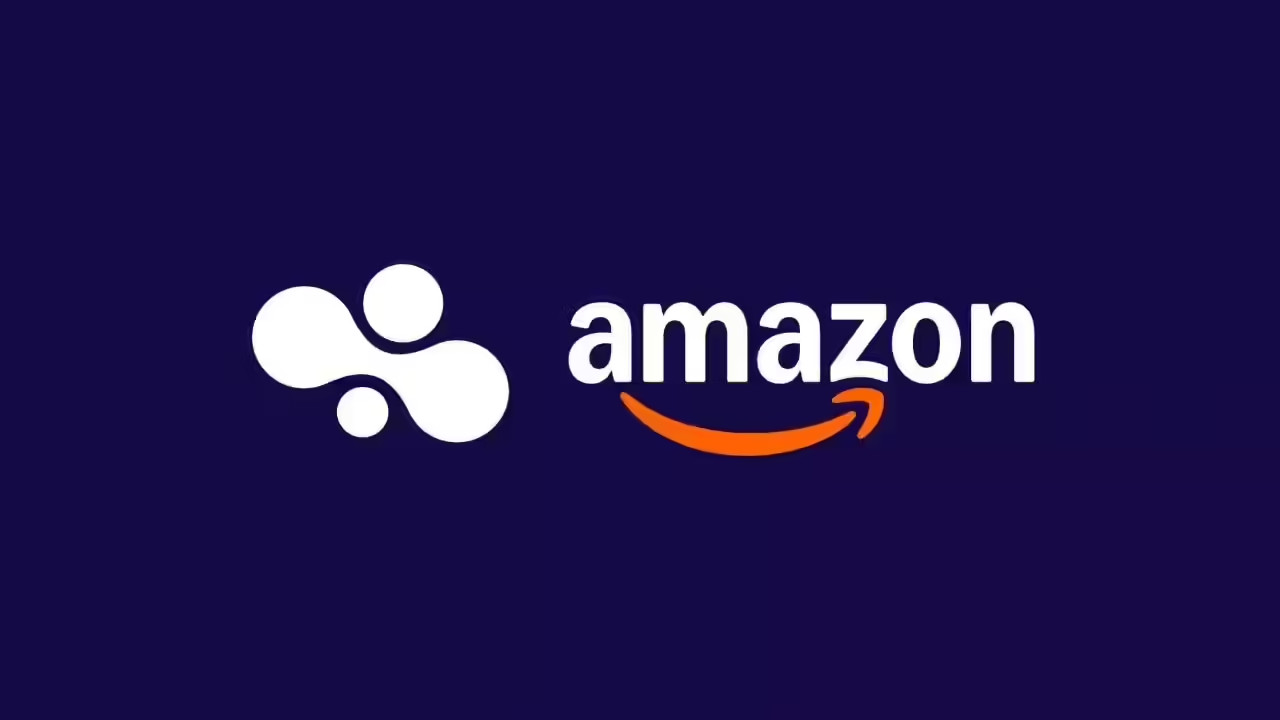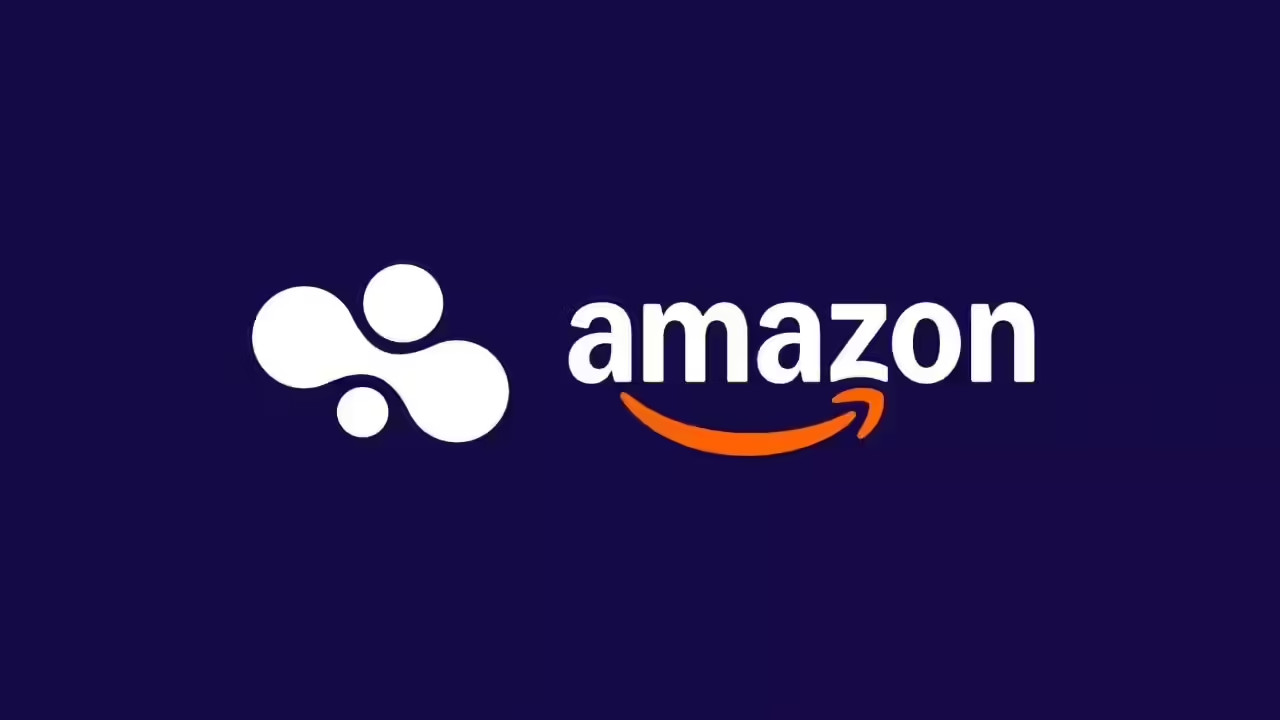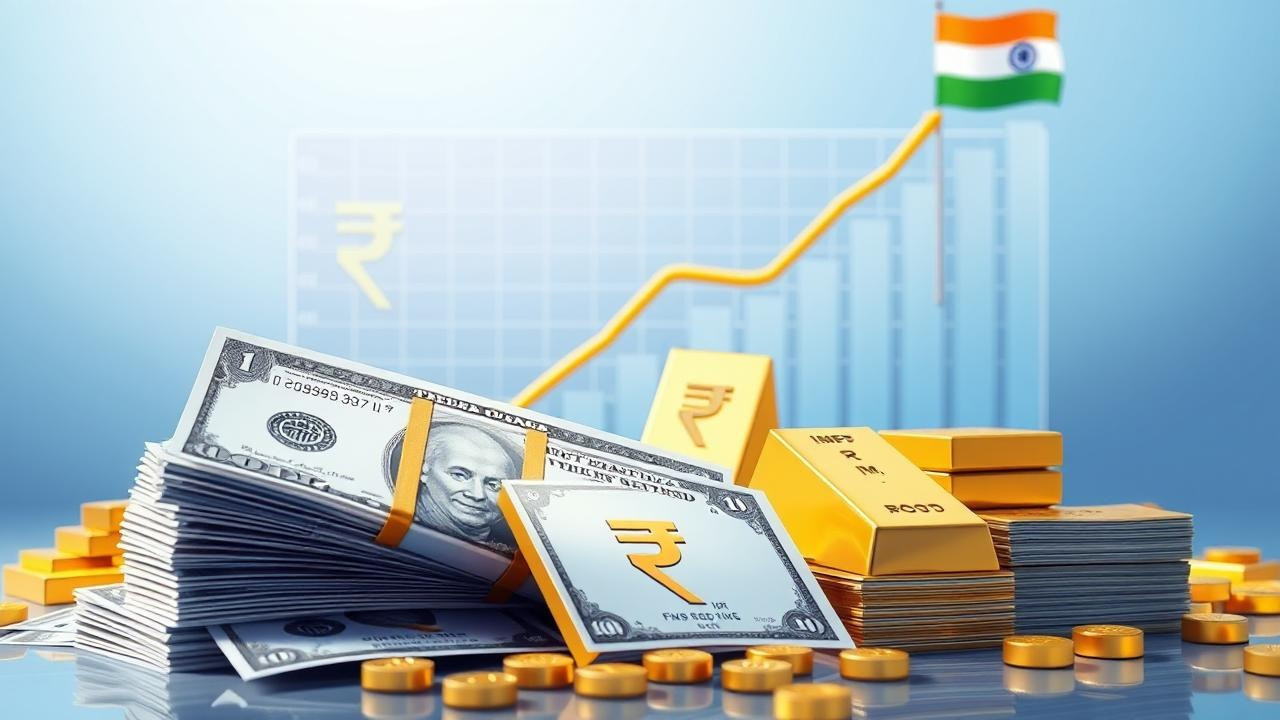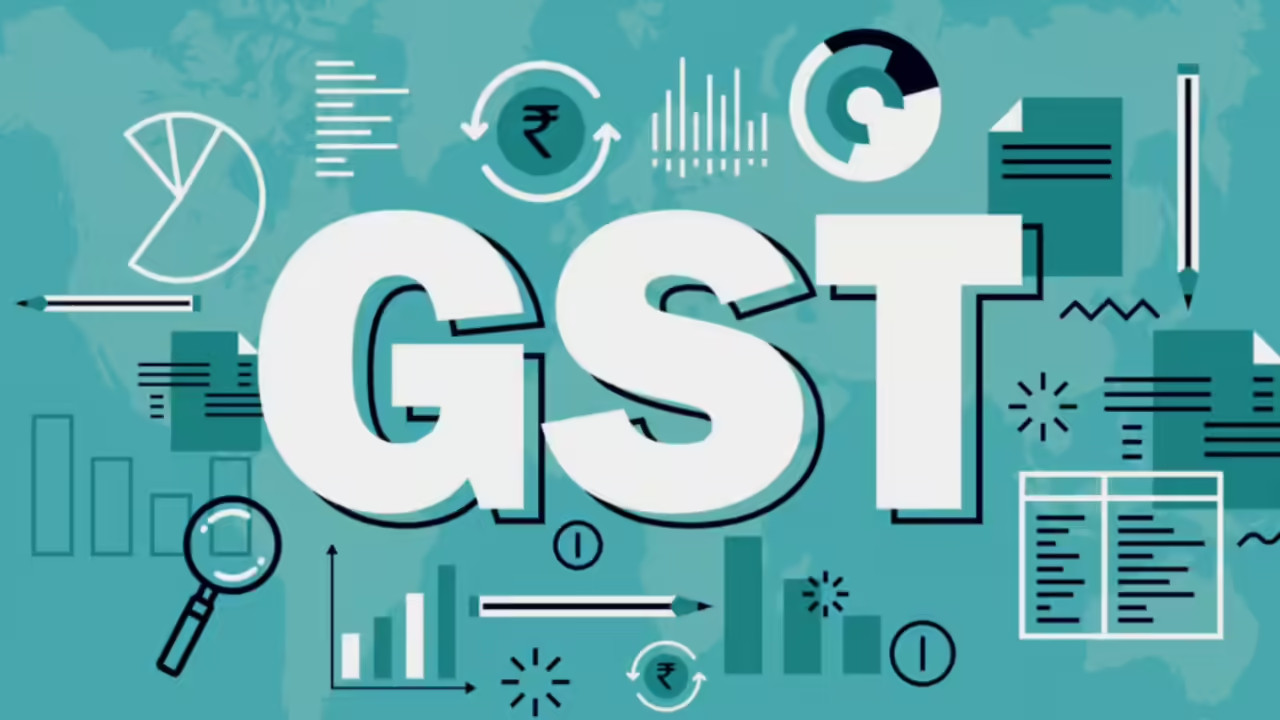India and the US are aiming to finalize an initial trade deal by July 9, but a comprehensive agreement may take longer due to the Trump administration’s evolving trade policies. Key issues include tariff implementation, competitiveness for Indian exporters, and protecting sensitive sectors like agriculture.
The India-US Trade Tango: Will They Ever Strike the Perfect Chord?
Okay, let’s talk about the India-US trade relationship. It’s been a bit of a dance lately, hasn’t it? A tango, perhaps, with a lot of dips, twirls, and the occasional awkward step on someone’s toes. And honestly, figuring out where things stand feels a bit like trying to predict the weather.
For years, we’ve heard about the potential for a massive, comprehensive trade deal between these two global giants. Think of it: two of the world’s largest democracies, both powerhouses in their own right, finally streamlining their economic relationship. The possibilities? Pretty dazzling. Increased investment, cheaper goods, a boom for businesses on both sides… the list goes on.
But the truth is, the path to this “full” trade agreement has been paved with good intentions and a whole lot of red tape. You know, the usual diplomatic hurdles. And now, with the upcoming US elections and the ever-shifting landscape of American trade policy, things are looking even more… nuanced.
The Indian government, from what I’m gathering, is playing a smart game. They’re basically in a “wait-and-see” mode, trying to decipher what a potential second Trump administration might mean for trade. Remember the last time? Tariffs flew like confetti, particularly targeting Indian steel and aluminum. It wasn’t exactly a party.
Now, I’m not saying that a Trump presidency would automatically derail everything. Trade is a complex beast, driven by economic realities and geopolitical strategy. But the uncertainty is definitely palpable. It’s like trying to build a house on shifting sand – you need a pretty solid foundation, and right now, that foundation feels a little… shaky.
What’s interesting is that while the grand vision of a comprehensive agreement might be on pause, the practicalities of trade continue. Small-scale agreements, sector-specific collaborations, and ongoing negotiations are still happening. It’s like building the house one brick at a time while waiting to see if the blueprints are going to change dramatically.
Think about it: India is a massive market, with a burgeoning middle class and a growing appetite for everything from American tech to agricultural products. The US, in turn, needs India’s skilled workforce, its rapidly developing manufacturing sector, and its strategic location in a crucial geopolitical region. The mutual benefit is undeniable.
But benefit alone isn’t enough. You need trust, transparency, and a willingness to compromise. And let’s be honest, both sides have their own agendas. India is keen to protect its domestic industries and ensure its farmers aren’t undercut by cheap imports. The US, on the other hand, is focused on intellectual property protection, market access for its companies, and addressing trade imbalances. It’s a delicate balancing act.
The good news is that the US-India relationship has deepened considerably over the past decade. Strategic partnerships are stronger than ever, particularly in defense and technology. This provides a certain level of resilience to the economic relationship. Even if a full trade deal remains elusive, the overall trajectory seems positive.
However, let’s not sugarcoat things. The delay in achieving a comprehensive agreement does have consequences. It means businesses on both sides face ongoing uncertainties, higher tariffs, and more complex regulatory hurdles. It means the potential for economic growth and job creation remains untapped. And, perhaps most importantly, it means that two of the world’s most influential democracies aren’t fully leveraging their economic potential together.
So, what’s the takeaway? The India-US trade relationship is a work in progress. It’s a story with many chapters, filled with both progress and setbacks. The future, well, that’s still being written. But one thing is clear: this relationship is too important to ignore. Whether it’s a full-blown tango or a simpler two-step, the dance will continue. Let’s just hope they can find a rhythm that works for everyone involved. And maybe, just maybe, avoid stepping on each other’s toes too often.
📬 Stay informed — follow us for more insightful updates!
